15 Signs Your Dog Is Feeling Stressed

Dogs may not be able to tell us when something’s wrong, but they do communicate through behavior and body language. Just like humans, dogs can feel overwhelmed, anxious, or uneasy, and if we’re not paying attention, we might miss the warning signs. So, here are 15 common signs that your dog might be feeling stressed, and what they could be trying to tell you.
Excessive Panting (Even When It’s Not Hot)
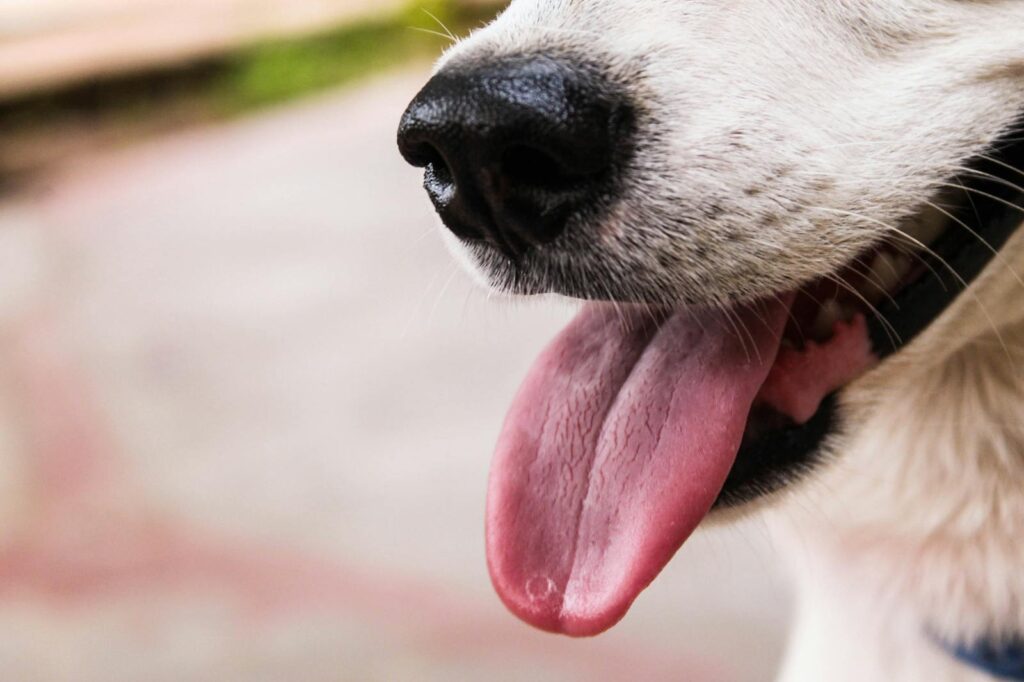
Panting is a normal part of a dog’s cooling system, but when it happens in cool temperatures or when your dog hasn’t been physically active, it’s often a red flag. Stress-induced panting tends to be shallow, rapid, and sometimes accompanied by a slightly open mouth and a tense expression. You might notice it during thunderstorms, vet visits, or after a tense encounter with another dog.
Yawning Repeatedly in a Tense Setting

Dogs yawn for the same reasons we do. Sometimes they’re tired, and sometimes they’re just trying to regulate stress. A stressed yawn tends to be more prolonged and may occur multiple times in a short span. It often shows up in environments that make your dog uneasy, like a crowded dog park, a noisy room, or during a grooming session. If your dog is yawning repeatedly when there’s no clear reason for drowsiness, it’s likely they’re feeling anxious and are trying to self-soothe through calming signals.
Pacing Back and Forth
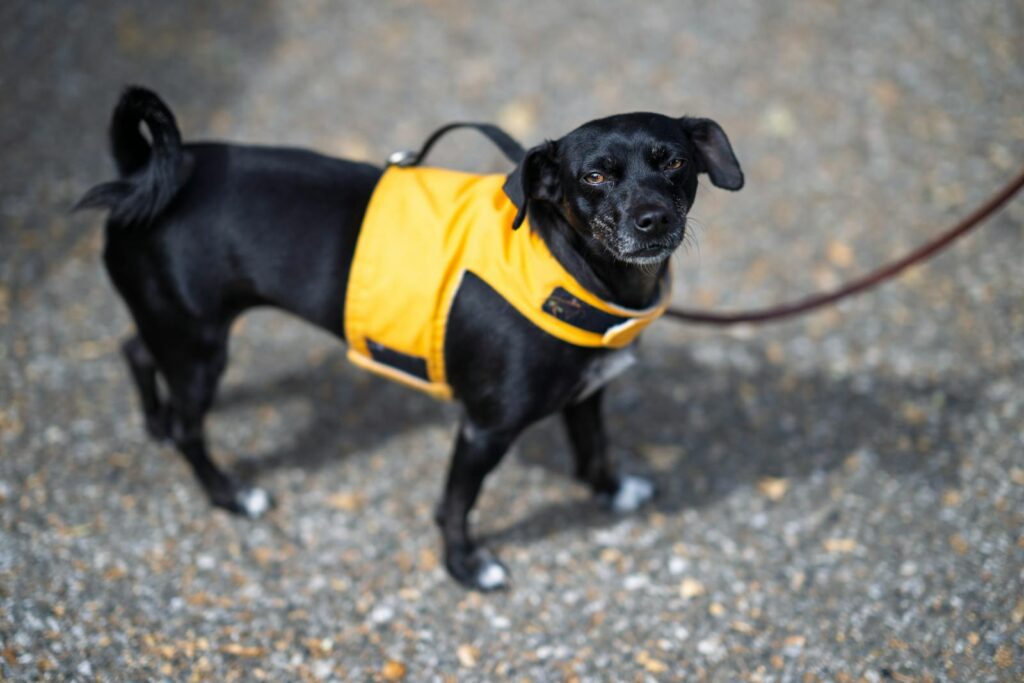
Dogs sometimes pace when they’re anxious about something they can’t control, such as waiting for their owner to return or reacting to an unfamiliar guest in the house. You’ll notice they follow the same path, often back and forth or in circles. Unlike a dog sniffing around or exploring, this behavior looks compulsive and aimless. It’s especially common in shelter environments or during major changes at home, like moving or introducing a new pet.
Tucked Tail or Cowering Posture

The tail is one of the clearest indicators of how a dog is feeling. When it’s held low or tucked tightly between the legs, it often signals fear or anxiety. Combined with a hunched posture, lowered head, and ears pinned back, it’s your dog’s way of saying they feel threatened or unsafe. They may also avoid eye contact or lean away when touched. This body language shows submission and a desire to avoid confrontation.
Sudden Aggression or Snapping
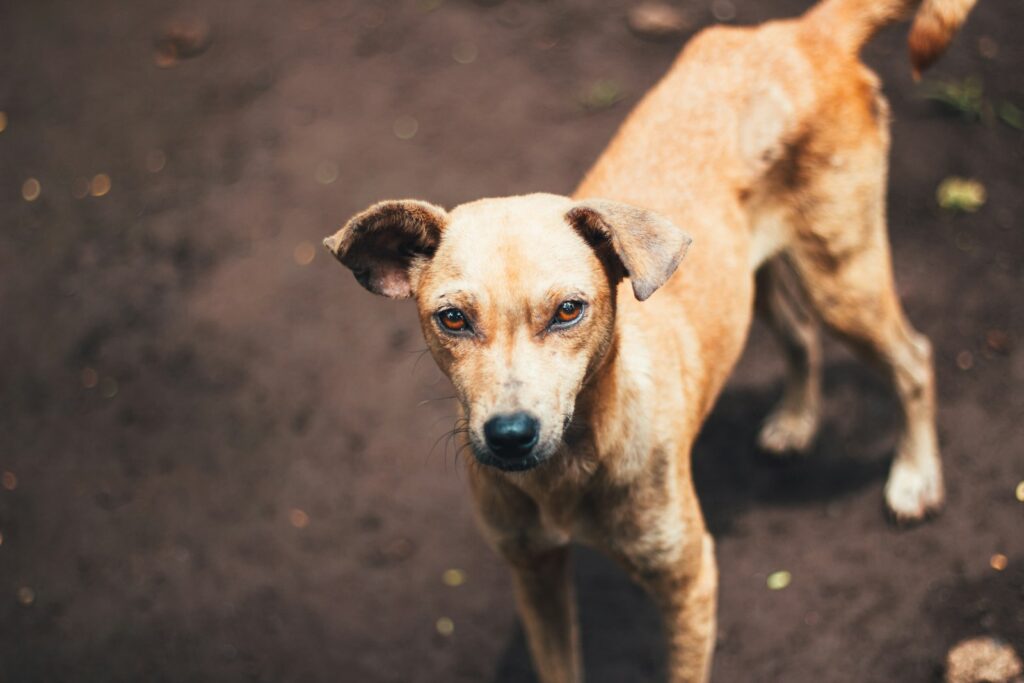
If your typically well-mannered dog starts growling, snapping, or baring teeth without clear provocation, it may be reacting to stress, not trying to dominate. Dogs under pressure may feel trapped or overstimulated and resort to aggression as a last defense. Stress-related aggression is usually quick, reactive, and situational. It’s often misunderstood as a behavioral issue, but it’s usually a response to fear or discomfort.
Excessive Shedding
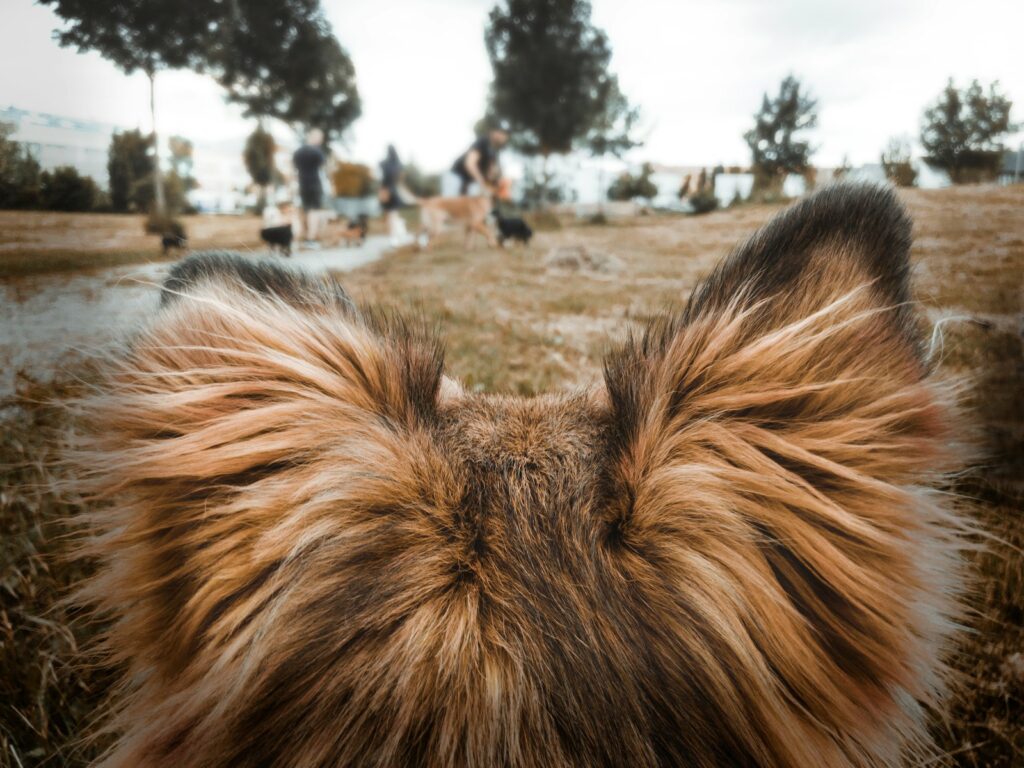
Some shedding is normal depending on the breed, but if you notice fur coming out in clumps or a sudden increase in hair loss during a stressful event, it may be anxiety-related. This is especially common in vet offices or during car rides. The body responds to stress by releasing adrenaline and other hormones, which can cause the coat to thin temporarily. While not dangerous in itself, it’s a sign your dog is feeling overwhelmed.
Lip Licking or Nose Licking with No Food Around

Dogs use lip-licking as a way to communicate discomfort. If there’s no food in sight and your dog starts licking their lips or nose repeatedly, it may be a sign of stress. This is often a subtle signal and is easy to miss if you’re not paying close attention. It usually happens in anticipation of something they perceive as unpleasant, such as a scolding, a stranger entering the home, or being restrained. It’s one of the first calming signals dogs use before escalating to more obvious signs like whining or barking.
Hiding or Trying to Escape

Some dogs react to stress by withdrawing physically. They may hide under the bed, behind furniture, or in a corner. Others will actively try to flee the situation by pulling on the leash, scratching at doors, or attempting to escape a fenced area. Dogs instinctively seek safety when they feel overwhelmed or scared. Forcing them to stay in the stressful environment can make things worse, so it’s better to let them a quiet, safe space to decompress when they need it.
Trembling or Shaking

Trembling is often seen during thunderstorms, fireworks, or vet visits, but it can also occur during less obvious stressors. Dogs might shake when meeting new people, encountering unfamiliar dogs, or even during a loud argument at home. If there’s no illness or cold weather causing it, shaking often signals fear or insecurity. It’s their body’s reaction to a perceived threat, even if the threat isn’t visible to you.
Refusing to Eat or Take Treats

Loss of appetite is a common stress response in dogs. If your dog normally gobbles up food or treats but suddenly refuses them, especially in a new environment or during a stressful situation, it’s a sign that their nervous system is on high alert. Dogs can’t focus on eating when they’re scanning for danger. This often happens during vet visits, travel, or major household changes.
Excessive Licking or Chewing (Especially Paws)
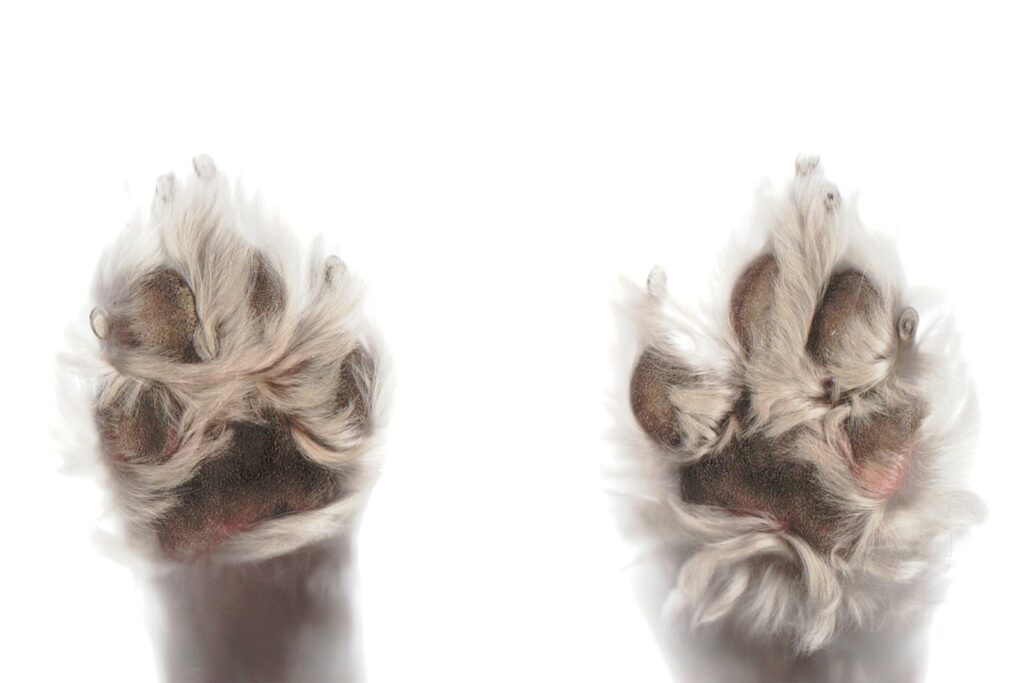
Repetitive licking of paws, legs, or even the air can be a self-soothing behavior for stressed dogs. It can also become a compulsive habit if the underlying anxiety isn’t addressed. In some cases, it can lead to skin irritation, sores, or infections. This behavior often begins in response to a stressful event and becomes ingrained over time. It may be triggered by separation anxiety, boredom, or a chaotic home environment.
Increased Vocalization (Whining, Barking, Howling)
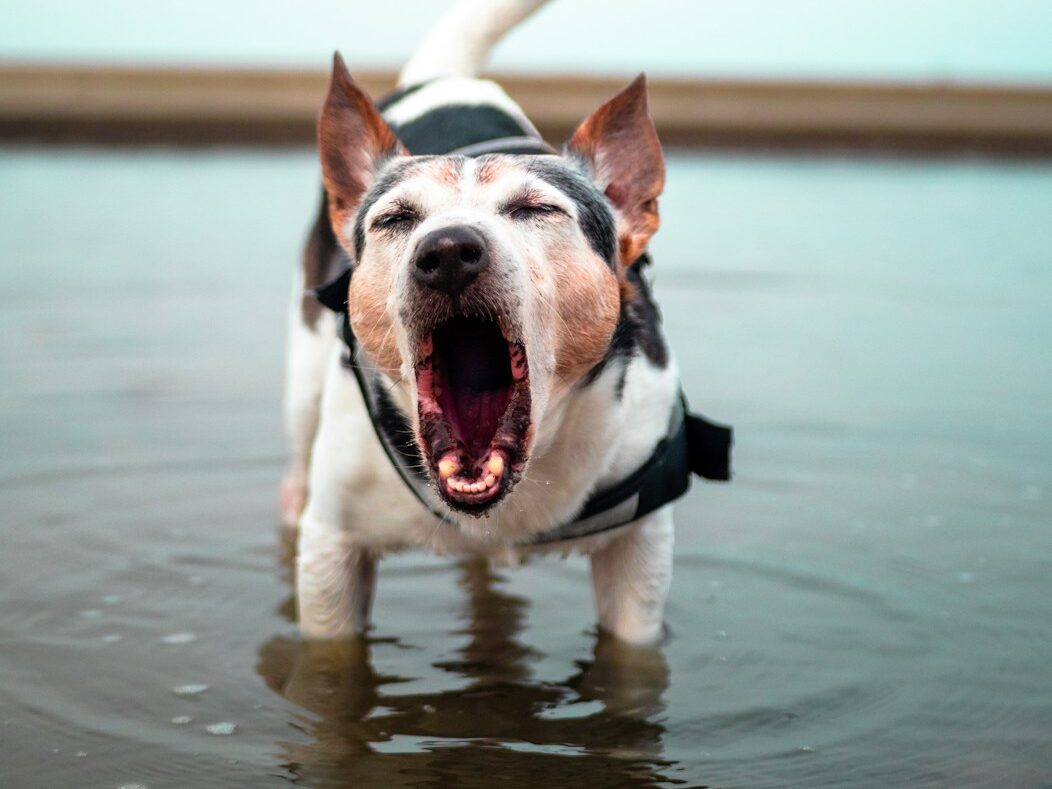
Dogs under stress may become much more vocal. You might hear them whining when you leave, barking excessively at minor sounds, or howling when left alone. This increase in noise is their attempt to communicate distress. If your dog was previously quiet and suddenly starts vocalizing more often, it’s important to consider what environmental or emotional changes may be triggering it.
Dilated Pupils and Ears Back
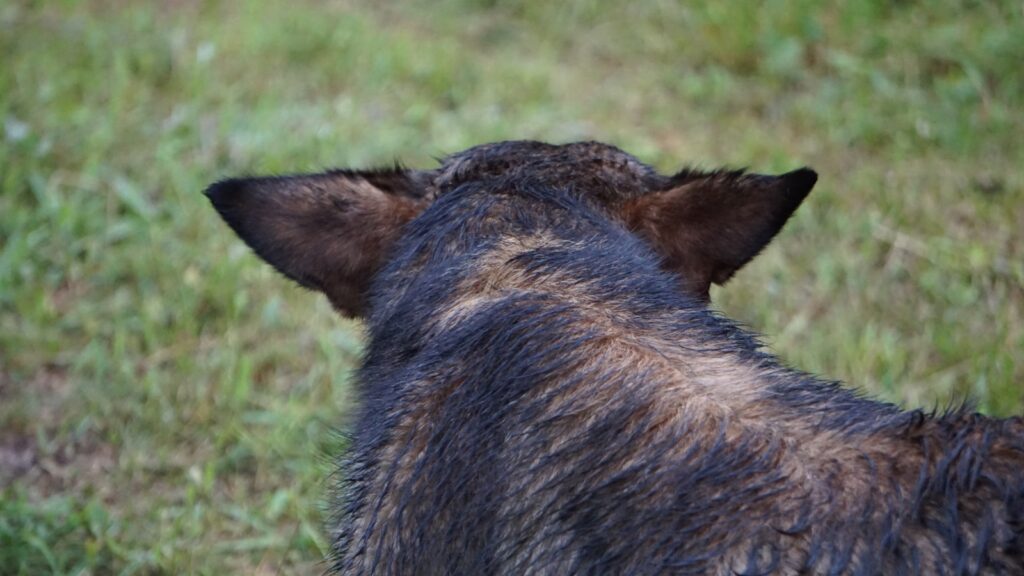
Body language often gives away stress before behavior does. Look at their eyes: dilated pupils and wide eyes can indicate fear or overstimulation. The “whale eye” look, when the whites of their eyes are visible, is another subtle cue. Ears that are pinned back flat against the head, especially when combined with lowered posture or tail tucking, also point to discomfort.
Changes in Bathroom Habits
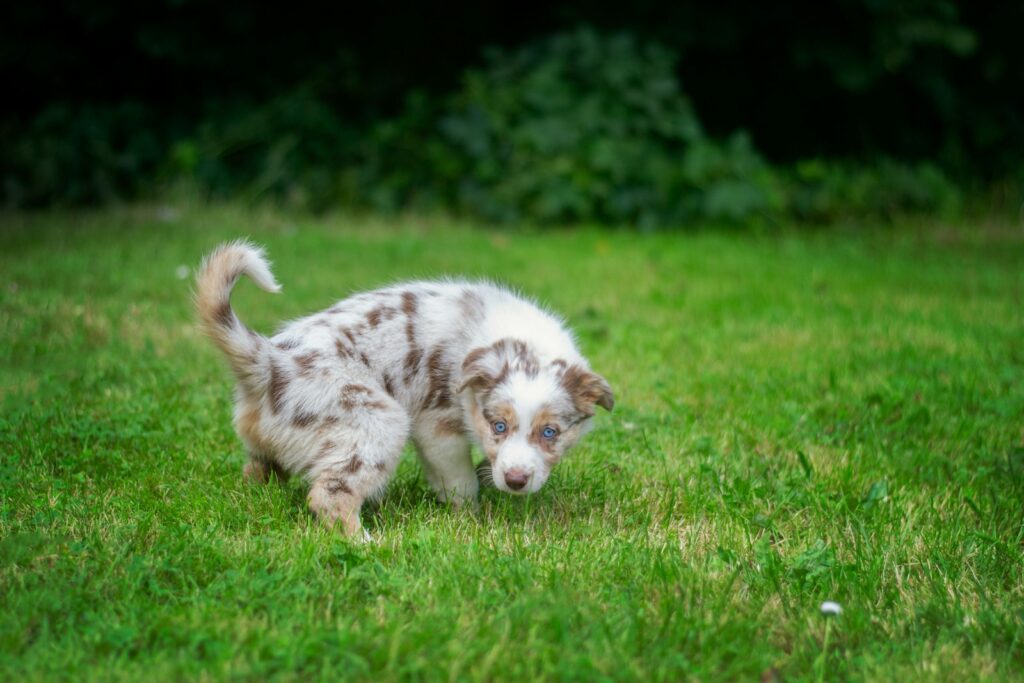
Sudden urination or defecation indoors can be a reaction to stress. This is common during fireworks, storms, or when a major change happens in the household. Even loose stools or diarrhea can be stress-related, as anxiety can affect digestion. While medical causes should always be ruled out, it’s important not to punish a dog for accidents triggered by emotional distress.
Clinginess or Needing Constant Reassurance
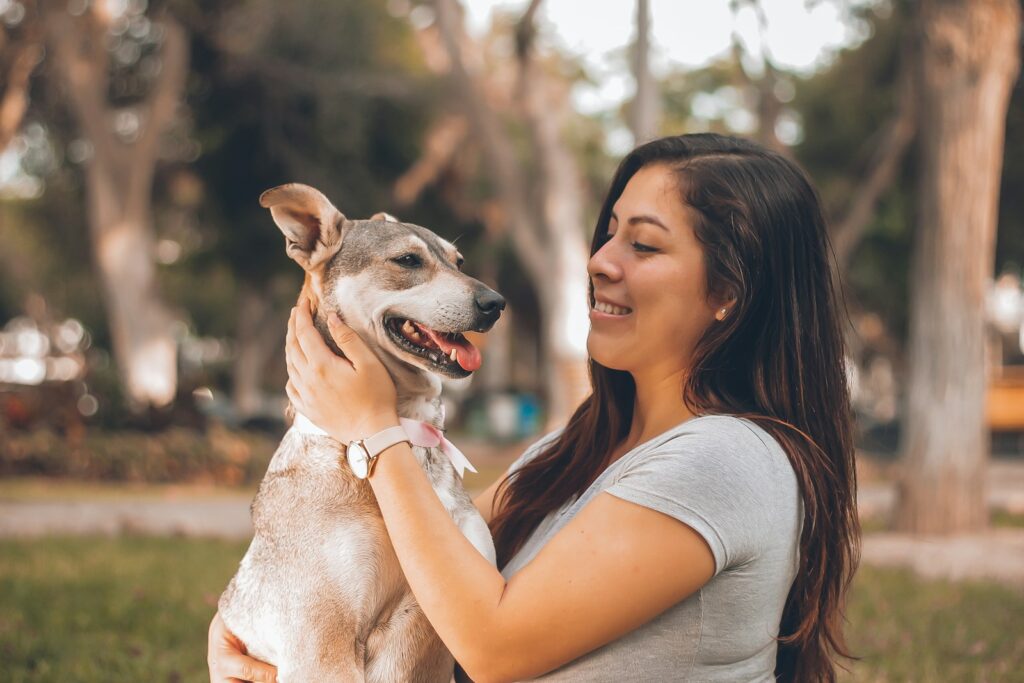
Not all stress shows up as avoidance. Some dogs react by becoming overly attached. If your dog suddenly follows you from room to room, paws at you when you try to leave, or panics when you’re out of sight, it may be dealing with emotional insecurity. This behavior can be comforting in small doses, but if it’s constant, it may be a sign of separation anxiety or chronic stress.





